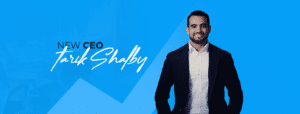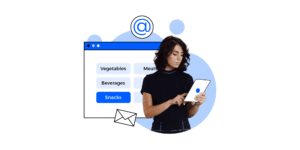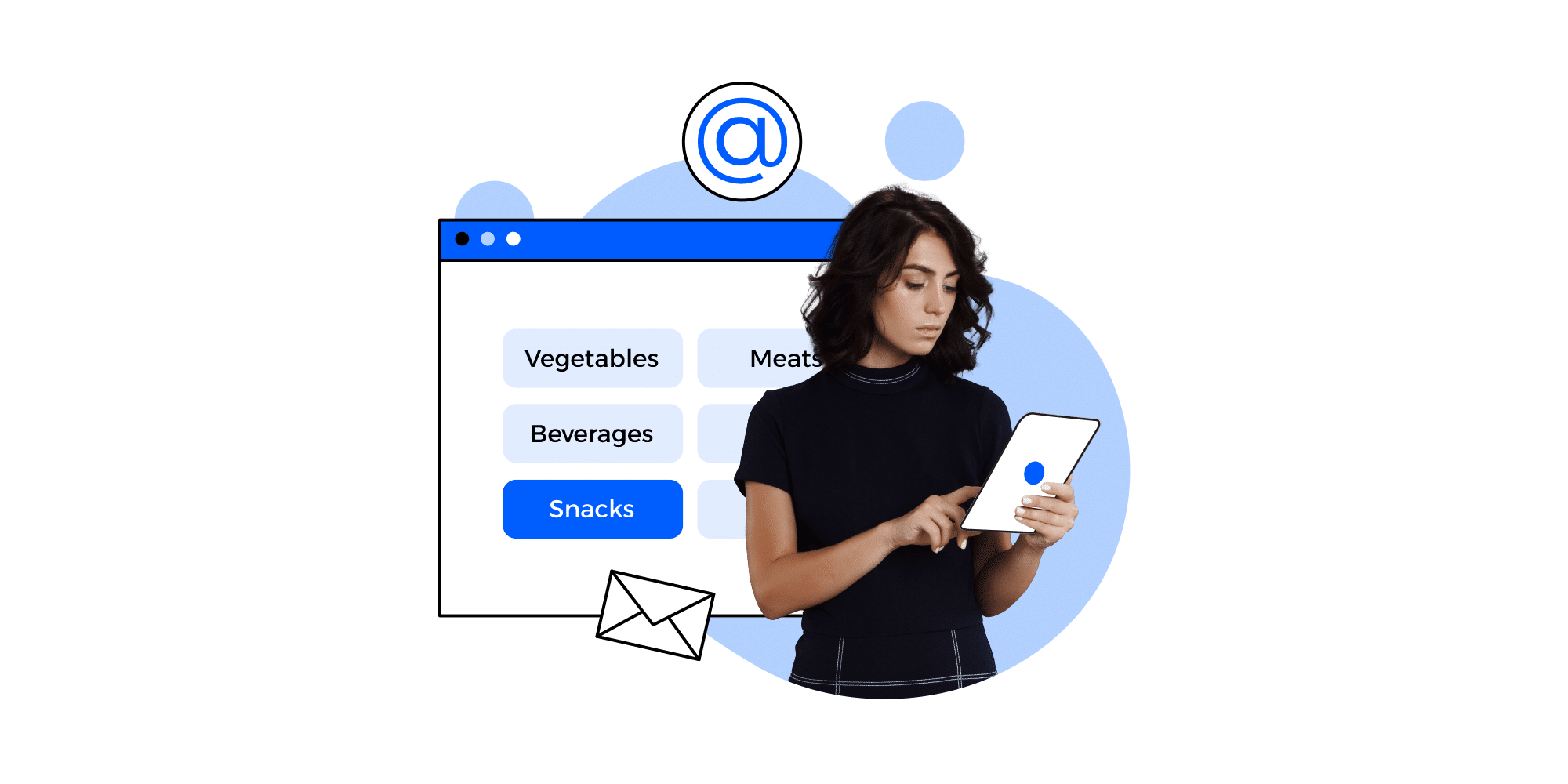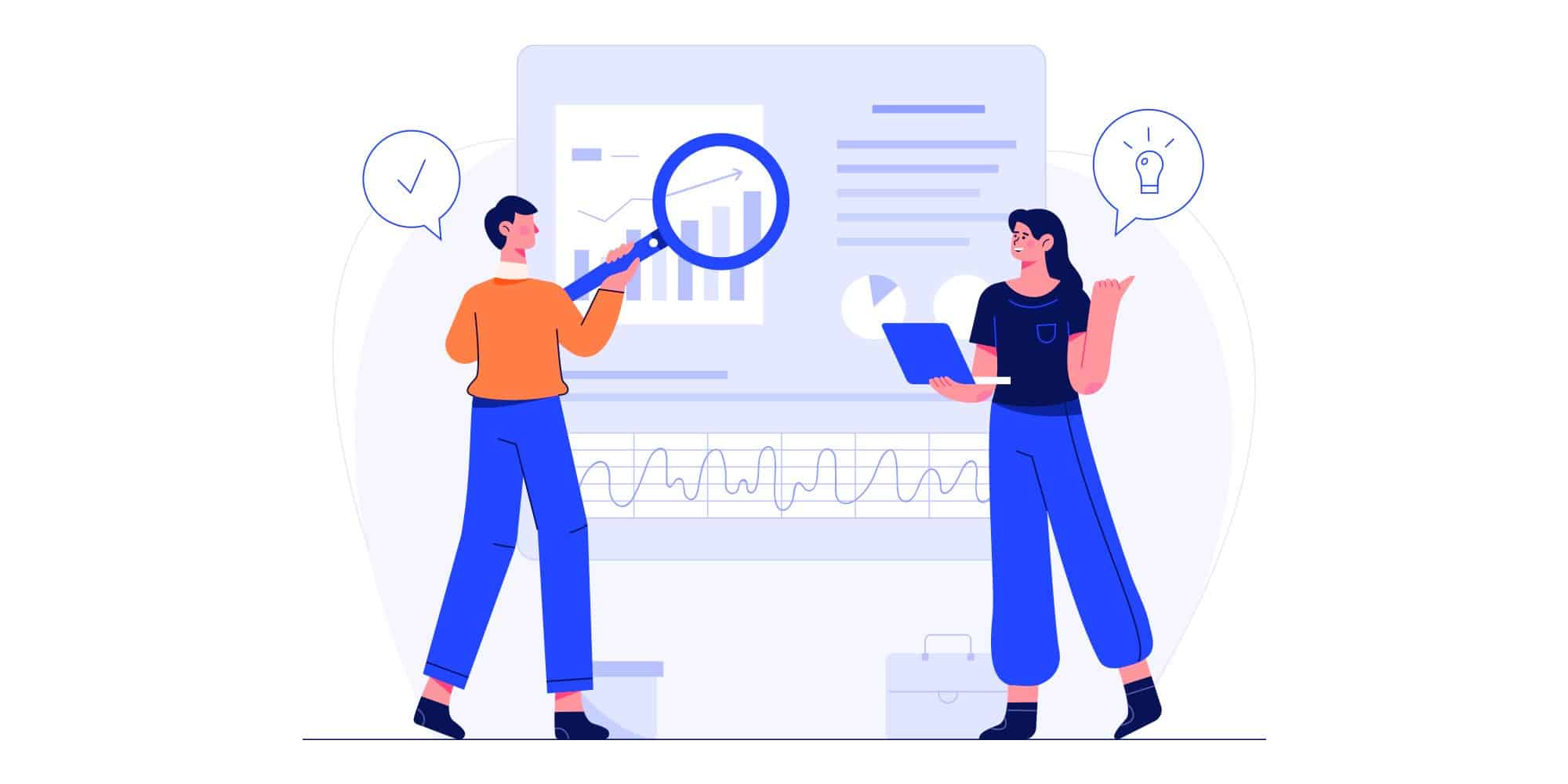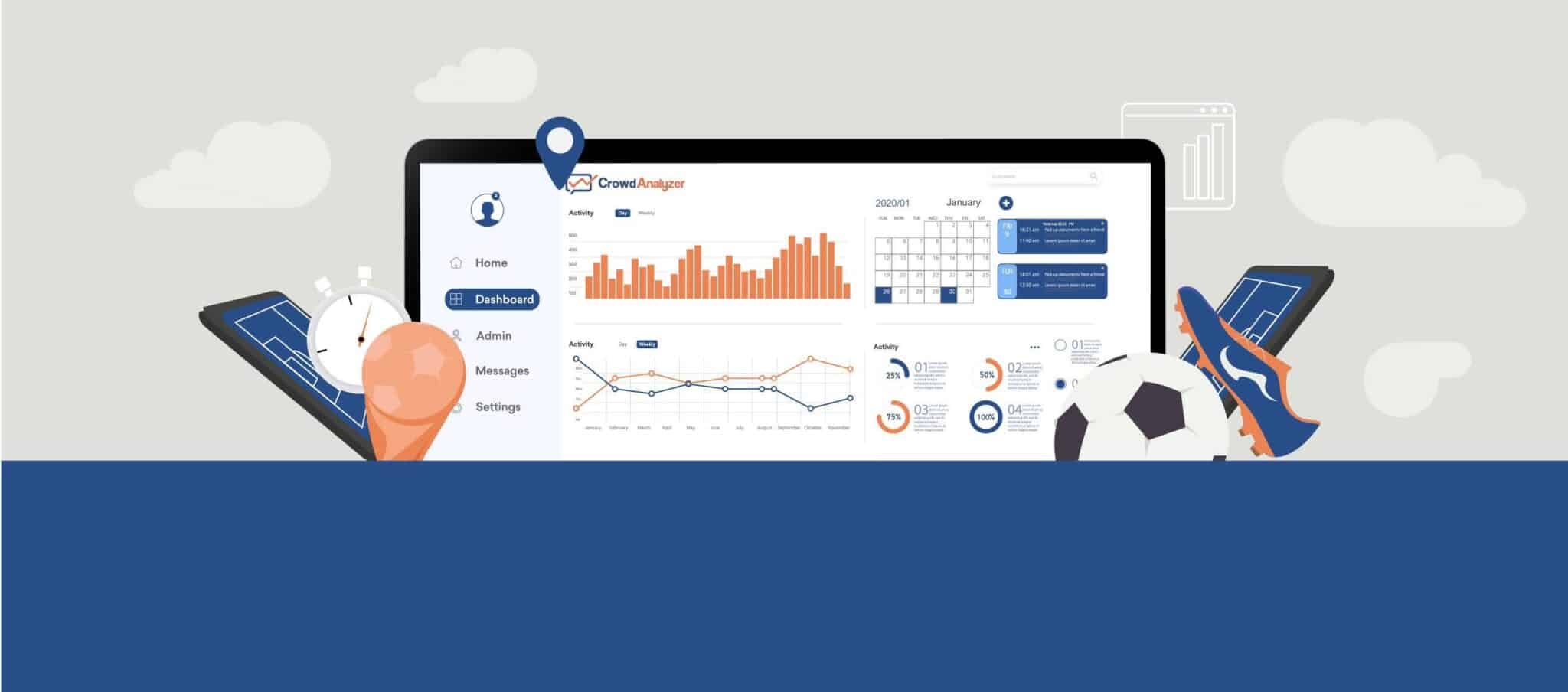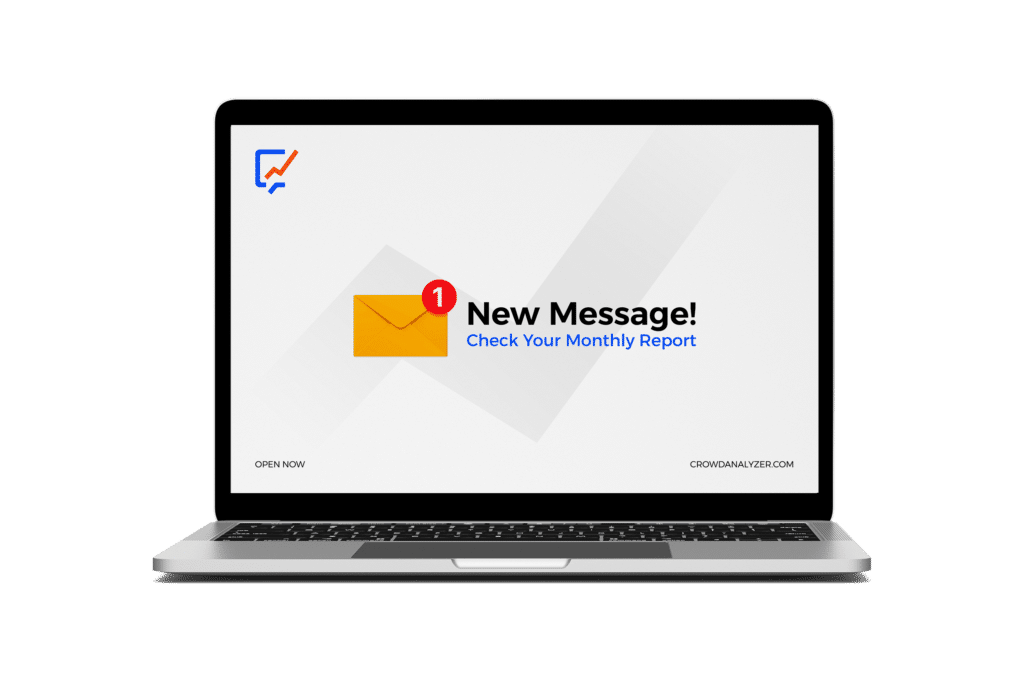Sales are down? Customers aren’t buying your products anymore? Feel like you’re falling behind competitors? Maybe it’s time for some product development!
In today’s fast paced markets, if you don’t keep up with the pace by continuously innovating you’ll definitely fall behind. The biggest challenge with making changes is knowing where to start, how can you do better when you don’t even know what’s wrong? Let us tell you, you start by LISTENING!
No one knows your target audience like they know themselves, and no one will be able to give you constructive feedback on your products like they can. Social media listening can go far beyond traditional use cases of brand auditing and competitor benchmarking when used right. Having a window into people’s online conversations is a gateway to invaluable information that can be useful at all stages of product development going from R&D to launching the new product!
Don’t guess when you can know
Social data is currently shaping the landscape of consumer brands, having an impact an everything from how brands talk about themselves, interact with their audience to how they create new products.
Instead of making intricate forecasts, complex market studies and at times wild guesses, brands can now leverage online data to get a clear image of what consumer are exactly looking for. Social media listening tools allow brands to put some sense and order into the millions of unstructured online conversations to highlight vital insights that can direct their R&D efforts down a more fruitful path.
What’s more, by tapping into consumer’s preferences brands can clearly identify what isn’t working with their audience by hearing all their online grievances as well as keeping track of global trends.
Who does reviews anyway?
If we’re being honest, asking consumers to review your products through online surveys or comment cards were never that efficient; not to mention countless hour and effort that are wasted in the process.
If getting valuable and constructive insights is your goal, then you want your audience to be frank, unrestricted and willing to talk. Nowadays, the online plane is where consumers go to talk about, review and call-out brands and their products with complete freedom and honesty.
Social media listening is the modern day, more efficient and more effective, alternative to surveys; where you can access to crucial insights that are sure to disrupt your product development process all while saving you the costs and bias of solicited surveys.
Staying on top of the wave
L’oreal has been on the forefronts of social listening for better products.
With the beauty and fashion industry being of the most difficult and volatile for forecasting trends and product demands, anticipating what your customers will want next was always a challenge
What’s “in” and what’s “out” can change in a matter of days. For top level management trying to decide which product line to push foreword and which one to put on hold, typical decisions could cost the company millions of dollars.
Nevertheless, high risks mean high rewards. L’Oreal was able to explore the lucrative rewards that come with accurately anticipating global trends and preferences with the use of social media tools to steer the company down the road of innovation
Divulging preferences is a click away
Market studies designed to divulge consumer preferences are not only a hassling task but also an ineffective one at most times. Nevertheless, major F&B can make use of social listening to pinpoint consumer preferences when working on new products.
For example, major chips brand that decide to explore new flavour and combination profiles for their products can bypass the usual costly focus groups, market research and online research all by utilizing geo-location data to find out which flavours are getting people talking.
Word-cloud technologies organize all this information in an easy to read and organized cloud of the most mentioned and popular keywords that people are mentioning. The social data immediately highlights the flavors that are reflective of the region you're seeking to target. This can be applied to any region to reflect differences in preferences depending on you target market.
Developing better products starts with listening to your audience. Listen to what they want, to what they need and then start developing more relevant, targeted and desired products.


